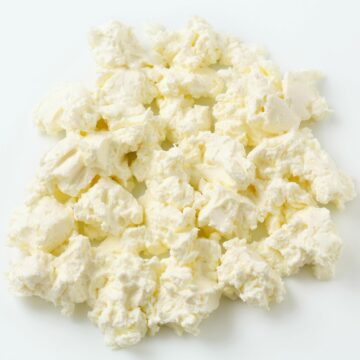The Keto diet is one of the trendy diets out there due to its effectiveness in weight loss and health benefits. A low-carbohydrate, high-fat diet limits your carb intake while increasing your healthy fat intake. The keto diet intends to put your body into a state of ketosis, setting it up to burn fat for energy instead of carbohydrates. There are various types of keto diets to choose from, and each has its pros and cons.
In this article, we’ll look at nine different keto diets that you can consider.
1. Standard Ketogenic Diet (SKD)
The standard ketogenic diet is the most popular and researched form of the keto diet. It involves eating low amounts of carbohydrates (usually around 50 grams or less per day) while consuming high amounts of fat and moderate amounts of protein. This type of diet is often used to treat epilepsy, as well as other neurological and metabolic disorders.
2. Targeted Ketogenic Diet (TKD)
The targeted ketogenic diet is complementary to the standard but has one key difference. Instead of avoiding carbohydrates altogether, this diet allows for consuming small amounts of carbohydrates before and after workouts. This can help improve athletic performance and recovery.
3. Cyclical Ketogenic Diet (CKD)
The cyclical ketogenic diet differs from the standard ketogenic diet. It involves alternating periods of high-carb and low-carb eating. Bodybuilders and athletes often use this diet to maintain muscle mass while achieving fat loss.
4. High-Protein Ketogenic Diet
The high-protein ketogenic diet focuses on higher amounts of protein. This diet is often used to maintain muscle mass while achieving fat loss.
5. Low-Carb, High-Fat (LCHF) Diet
This diet is similar to the usual ketogenic diet but with higher amounts of fat and lower amounts of carbohydrates. LCHF diets are often used to improve metabolic health, as well as to induce weight loss.
6. Modified Atkins Diet (MAD)
The modified Atkins diet is comparable to the standard ketogenic diet but has fewer protein and fat intake restrictions. This type of diet is often used to treat epilepsy, as well as other neurological and metabolic disorders.
7. Low-Glycemic Index Treatment (LGIT)
The low-glycemic index treatment is a variation of the standard ketogenic diet but emphasizes low-glycemic index foods. This diet is often used to reduce the risk of developing diabetes and other metabolic diseases.
8. Targeted Ketogenic Diet (TKD)
The targeted ketogenic diet is a modification of the traditional ketogenic diet but emphasizes consuming carbohydrates during exercise. This type of diet is often used to improve athletic performance.
9. High-Fiber Diet
The high-fiber diet is a variation of the standard ketogenic diet that includes more fiber-rich foods. This type of diet is often utilized to improve digestive health, as well as to promote weight loss.
Conclusion
The ketogenic diet is an increasingly popular dietary approach that has been proven beneficial for several health conditions. The keto diet has numerous variations, each offering different health benefits. Each diet has guidelines and foods that should be avoided, so it is vital to research before starting a new diet. Additionally, it is essential to consult a licensed healthcare professional to know the safest and best keto meals for you.
Following a Keto Diet does not have to be complicated. With the help of Keto Diet Yum, you can find all the information you need to get started on this lifestyle. Keto Diet Yum has everything you need to make your journey easier, from delicious recipes to tips for eating out to completing meal plans. If you wish to get the best keto meals, feel free to contact us, and we will be happy to help.




